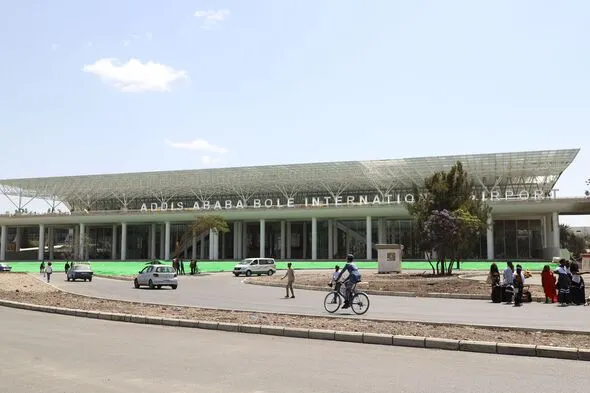Ethiopia is set to transform its aviation landscape with the announcement of the Ethiopia new international airport 2029 project near Bishoftu, approximately 45 kilometers southeast of Addis Ababa. This monumental development aims to position Ethiopia as a leading aviation hub on the continent, reinforcing its status in global air travel
Project Overview
The proposed airport is designed to handle up to 100 million passengers annually, surpassing the capacity of many global airports. Key features include:
-
Four Runways: To accommodate simultaneous takeoffs and landings, enhancing operational efficiency.
-
Extensive Aircraft Parking: Facilities to accommodate up to 270 aircraft, supporting both passenger and cargo operations.
The first phase of construction is projected to cost at least $6 billion and is expected to be completed by 2029.
Strategic Significance
The new airport is poised to bolster Ethiopia’s position in global aviation by:
-
Enhancing Connectivity: Facilitating more direct flights to international destinations, thereby reducing travel times and improving passenger convenience.
-
Economic Growth: Attracting business opportunities, boosting tourism, and creating employment, thus contributing to the nation’s GDP.
-
Regional Leadership: Positioning Ethiopia as a central hub in Africa’s aviation sector, potentially attracting partnerships and collaborations with other international carriers.
Current Progress and Future Outlook
Ethiopian Airlines has signed an agreement with the Dubai-based engineering and consulting firm Sidara for the design of the new airport. The project is expected to be finalized in 2029.
The funding strategy involves securing loans, with several companies expressing interest in investing. This financial approach underscores the project’s viability and the confidence of international stakeholders in Ethiopia’s vision.
Global Context
Ethiopia’s initiative aligns with a broader global trend of developing mega-airports to accommodate increasing air travel demand. Similar projects are underway in the Maldives, Norway, Italy, and Saudi Arabia, reflecting a worldwide emphasis on enhancing aviation infrastructure.
Ethiopia’s plan to construct Africa’s largest airport by 2029 is a testament to the nation’s forward-thinking strategy and commitment to becoming a pivotal player in global aviation. This ambitious project is expected to yield substantial economic benefits, strengthen international connectivity, and solidify Ethiopia’s status as a leading African hub.
